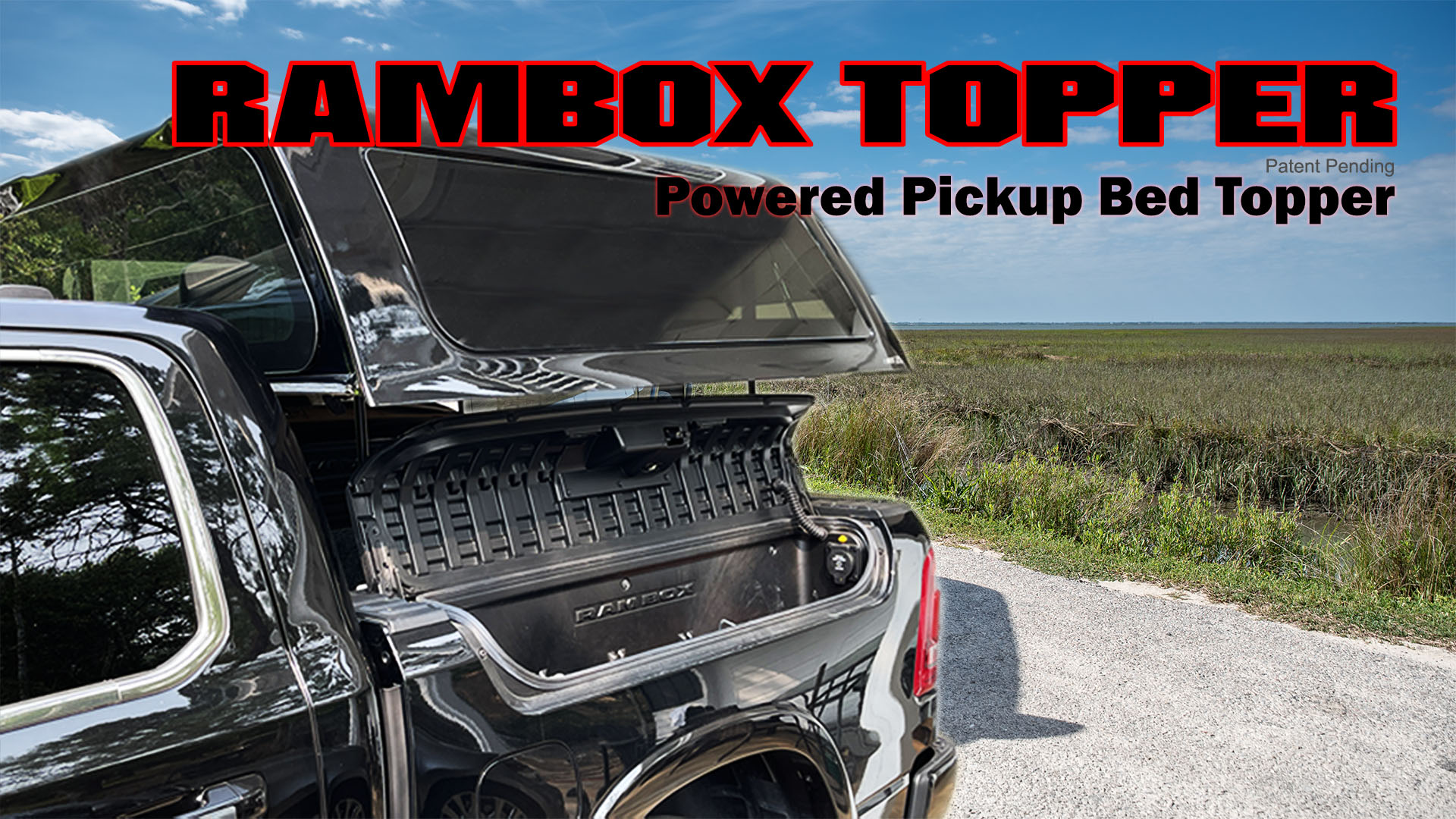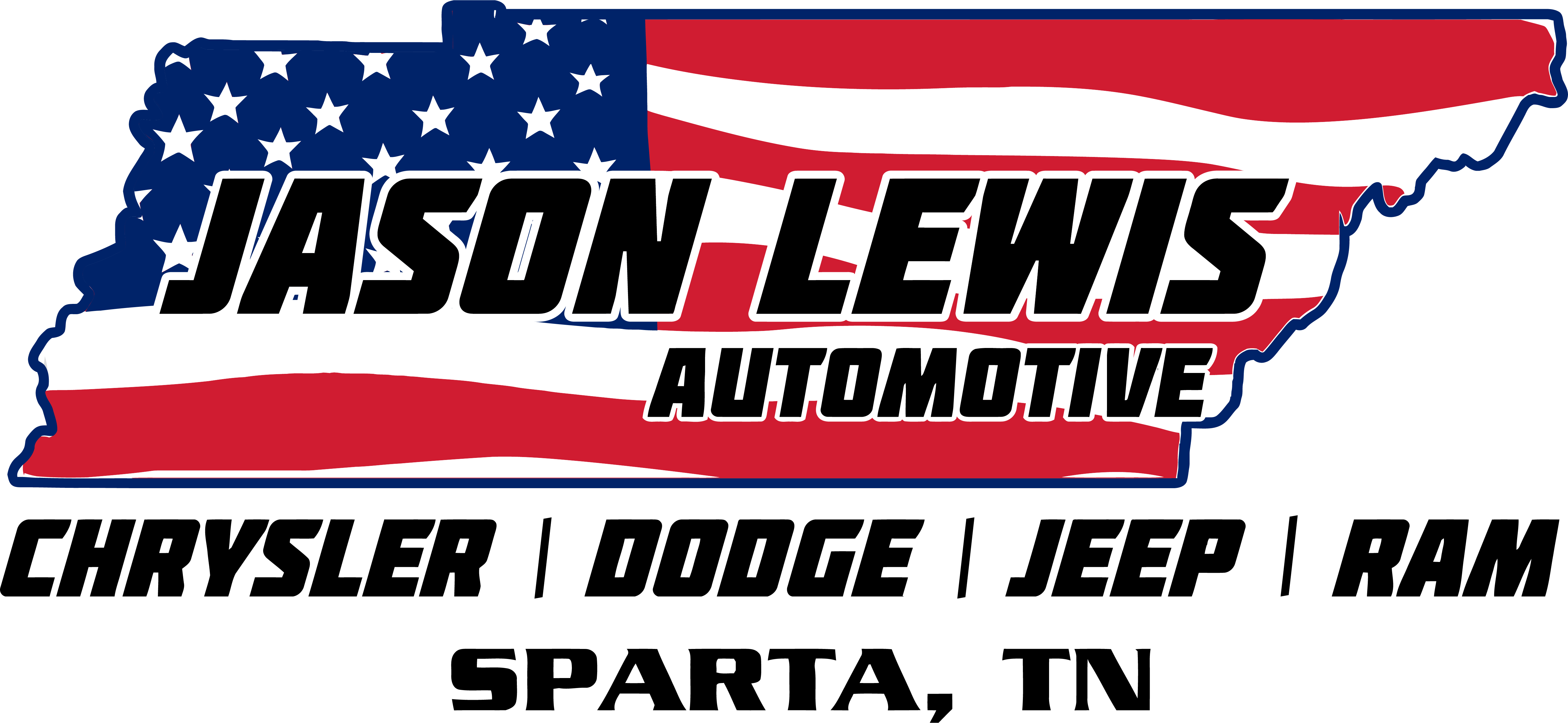A weight distributing hitch will reduce the tongue weight by 10%-20%. The 10% tongue weight number is pretty arbitrary. In Europe, it is 4% to 7%. One WD hitch manufacturer told me in a phone call that they recommend 4.5%-5.5% after adjustment. That catch is many trailers have the tongue weight baked into the design, a function of the layout (in an RV), tongue length, and trailer axle position. A second factor is a desire to minimize trailer weight far behind the trailer axle which would contribute to instability.
Consider that the real constraint, the only one that is the function of a standard, is the GCWR, the combined truck and trailer weight. The GAWR may be a function of the limits of actual components: tires, springs, and wheels. However, I think even the lowest payload Ram 1500 (is it 1035 or 990?) would have over 1200# remaining rear axle capacity.
It's the 2500 pickups that have it worst. In 2019 they are virtually the same as SRW 3500 pickups except for the rear springs (and in the Ram, the whole rear suspension). However, for driver licensing and other factors, they have a GVWR of under 10,000#. Put a 1000# diesel and its heavy transmission in and the truck can weigh 8000#.
Using data for a 2500 Cummins Megacab, the GCWR is over 25,000#. The rear GAWR is over 6000#. The unloaded rear-wheel loaded weight of the most heavily equipped Limited will just be a few hundred pounds over 3000. If it isn't for commercial use or in Canada (I don't think any state looks at GVWR less than 26k lb for non-commercial use) you can just use the rear axle weight as your guide, providing over 2500#, enough for a mid-size 5th-wheel or large bumper-pull.
Consider that the real constraint, the only one that is the function of a standard, is the GCWR, the combined truck and trailer weight. The GAWR may be a function of the limits of actual components: tires, springs, and wheels. However, I think even the lowest payload Ram 1500 (is it 1035 or 990?) would have over 1200# remaining rear axle capacity.
It's the 2500 pickups that have it worst. In 2019 they are virtually the same as SRW 3500 pickups except for the rear springs (and in the Ram, the whole rear suspension). However, for driver licensing and other factors, they have a GVWR of under 10,000#. Put a 1000# diesel and its heavy transmission in and the truck can weigh 8000#.
Using data for a 2500 Cummins Megacab, the GCWR is over 25,000#. The rear GAWR is over 6000#. The unloaded rear-wheel loaded weight of the most heavily equipped Limited will just be a few hundred pounds over 3000. If it isn't for commercial use or in Canada (I don't think any state looks at GVWR less than 26k lb for non-commercial use) you can just use the rear axle weight as your guide, providing over 2500#, enough for a mid-size 5th-wheel or large bumper-pull.
Last edited:














